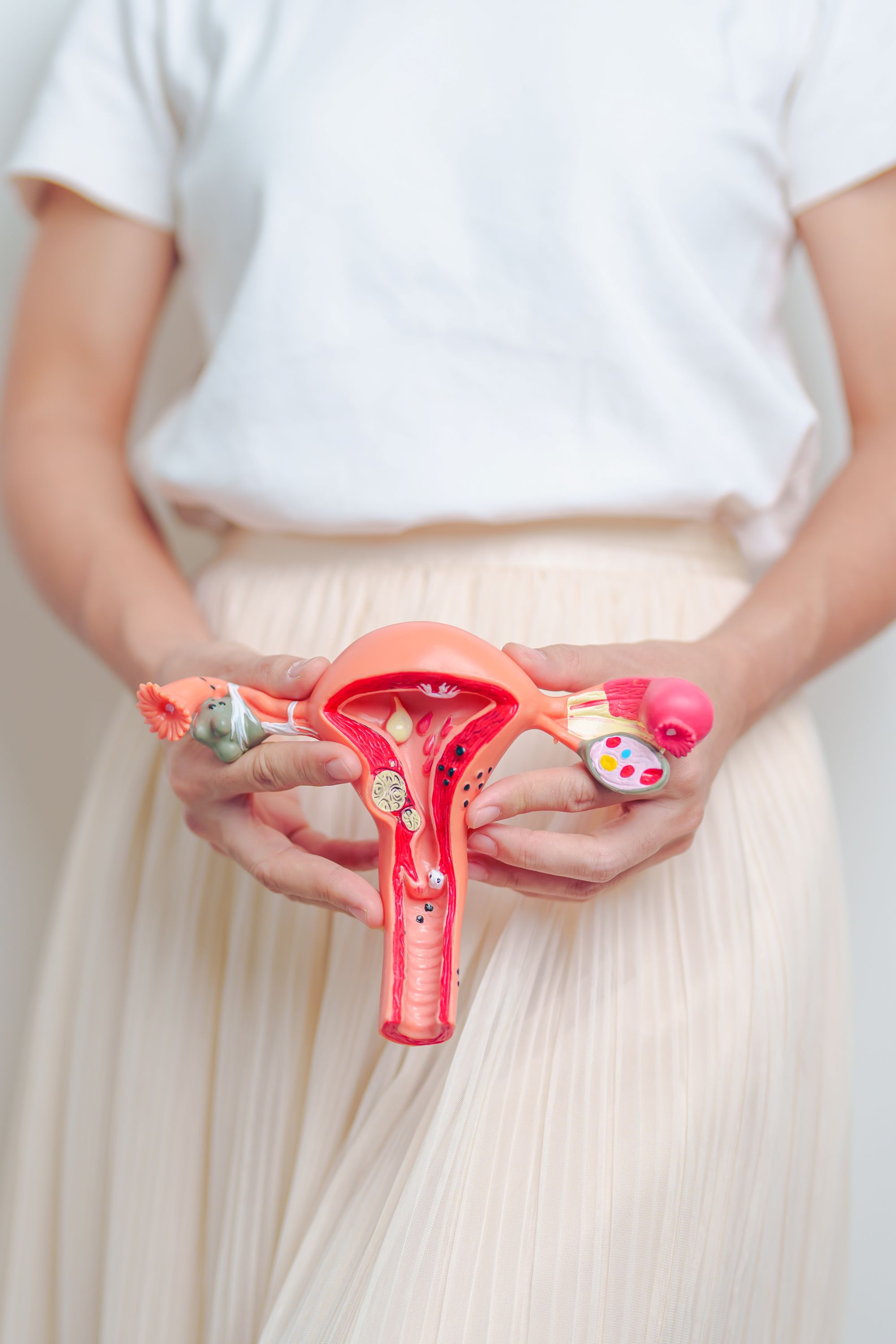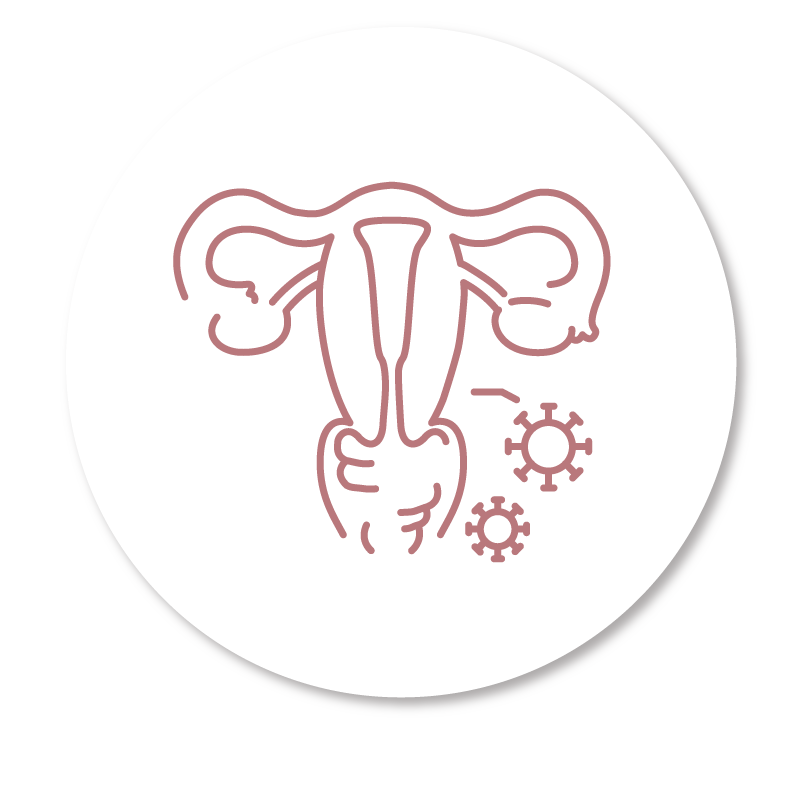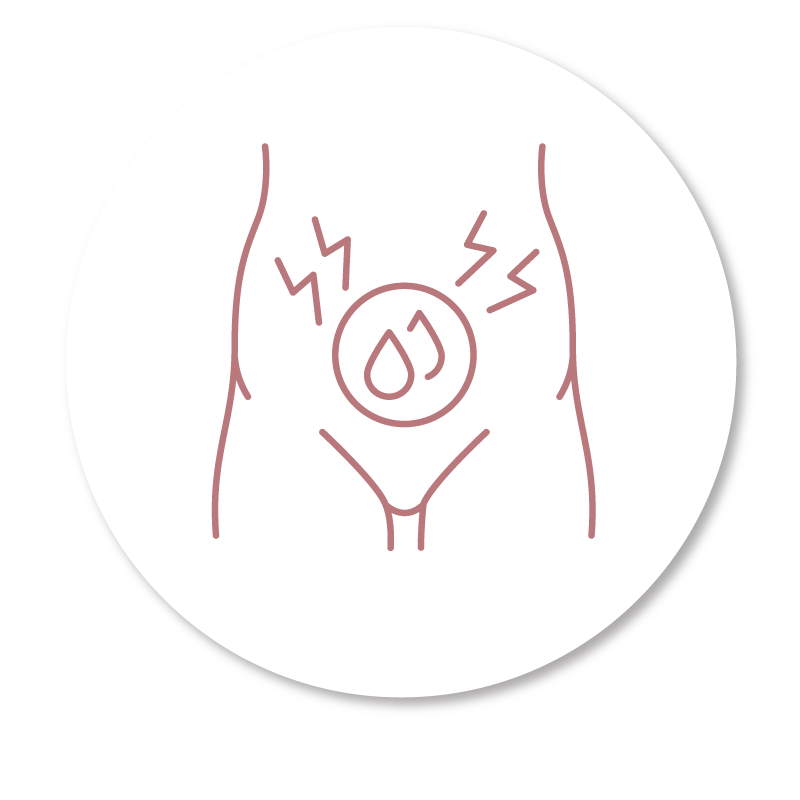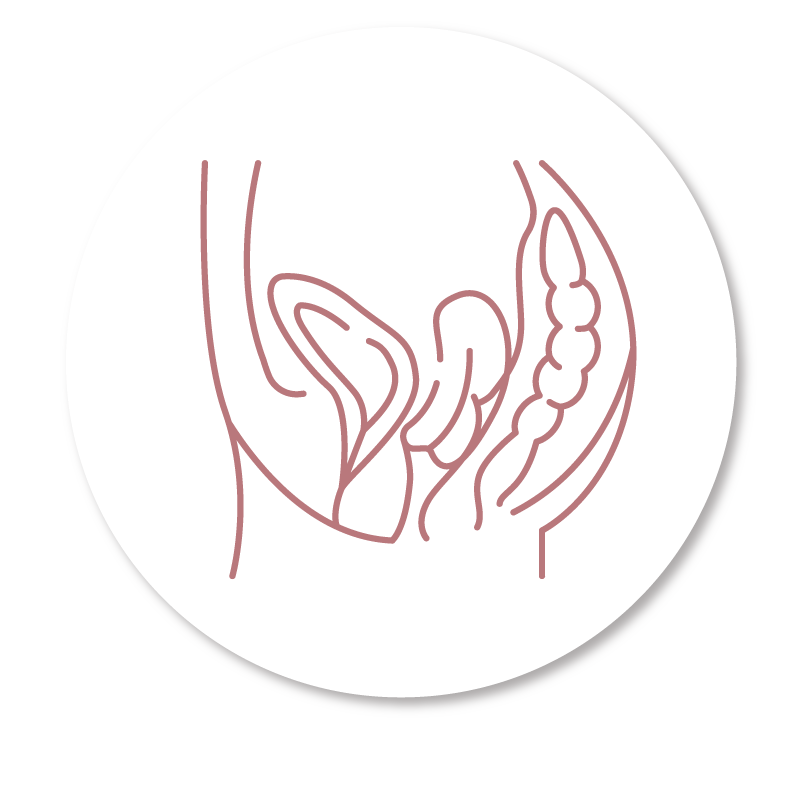Menstrual Disorders
Menstrual disorders are among the most common reasons women seek gynaecological care. These can present in a variety of ways, including:
• Heavy bleeding (menorrhagia)
• Painful periods (dysmenorrhoea)
• Irregular cycles
• Prolonged bleeding
• Absence of periods (amenorrhoea)
• Bleeding between periods (inter-menstrual bleeding/spotting)
• Bleeding after intercourse (post-coital bleeding)
• Bleeding after menopause
These symptoms can significantly affect your daily life, emotional wellbeing, and fertility. Underlying causes may include hormonal imbalances, polycystic ovary syndrome (PCOS), fibroids, polyps, endometriosis, adenomyosis, or structural and pre-cancerous/cancerous changes within the reproductive tract.
Assessment and Treatment
A thorough assessment may involve:
• A detailed medical history
• Blood tests to evaluate hormones or other contributing factors
• Pelvic ultrasound to identify structural causes
Once a diagnosis is made, your treatment plan will be tailored to your specific needs and reproductive goals.
Options may include:
• Non-hormonal medications
• Hormonal treatments (e.g., oral contraceptives, IUDs)
• Nutritional and lifestyle support
• Surgical management when indicated
Supportive, evidence-based care can help restore comfort, cycle regularity, and quality of life.
Pre-Menstrual Symptoms (PMS and PMDD)
Pre-menstrual symptoms - both physical and psychological - are also common and typically occur in the second half (luteal phase) of the menstrual cycle. These may include:
• Irritability or mood swings
• Anxiety or low mood
• Fatigue or low energy
• Bloating or breast tenderness
• Heightened emotional sensitivity
In more severe cases, these symptoms may impact on daily functioning and are classified as pre-menstrual dysphoric disorder (PMDD). While distressing, these symptoms are treatable, and an effective management plan can make a significant difference.







